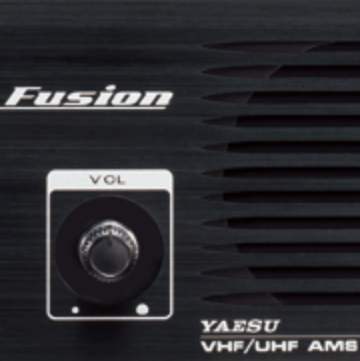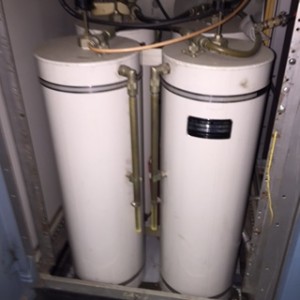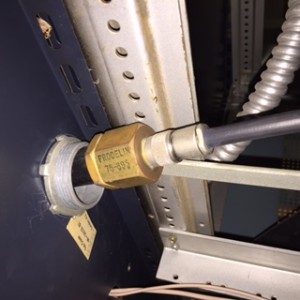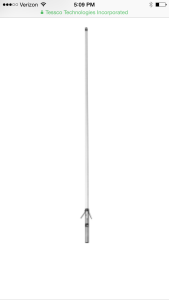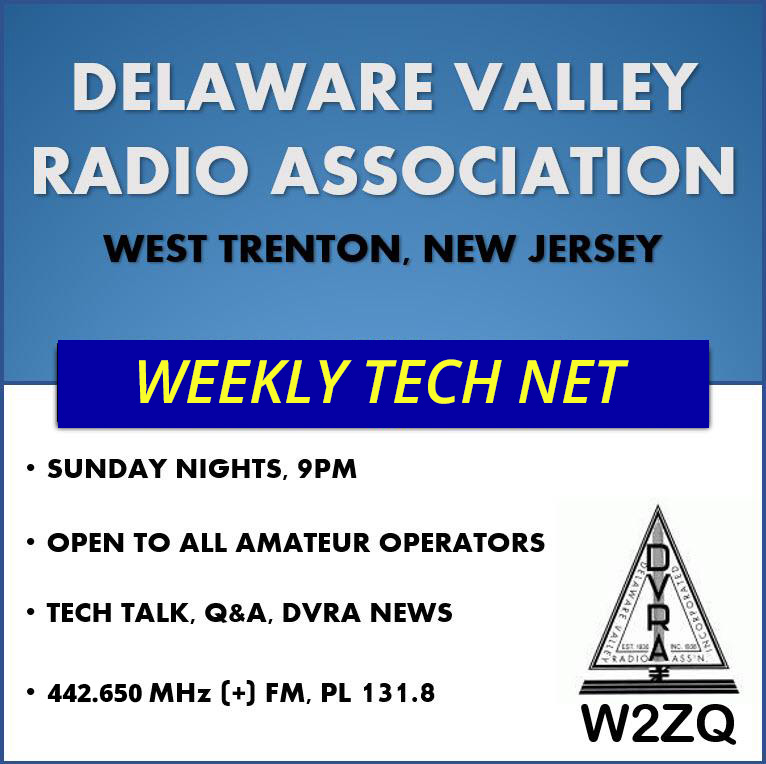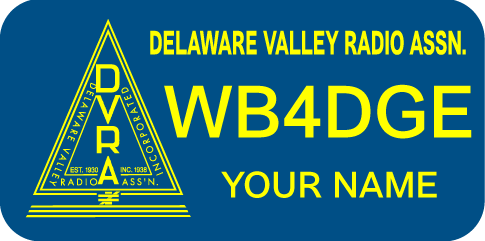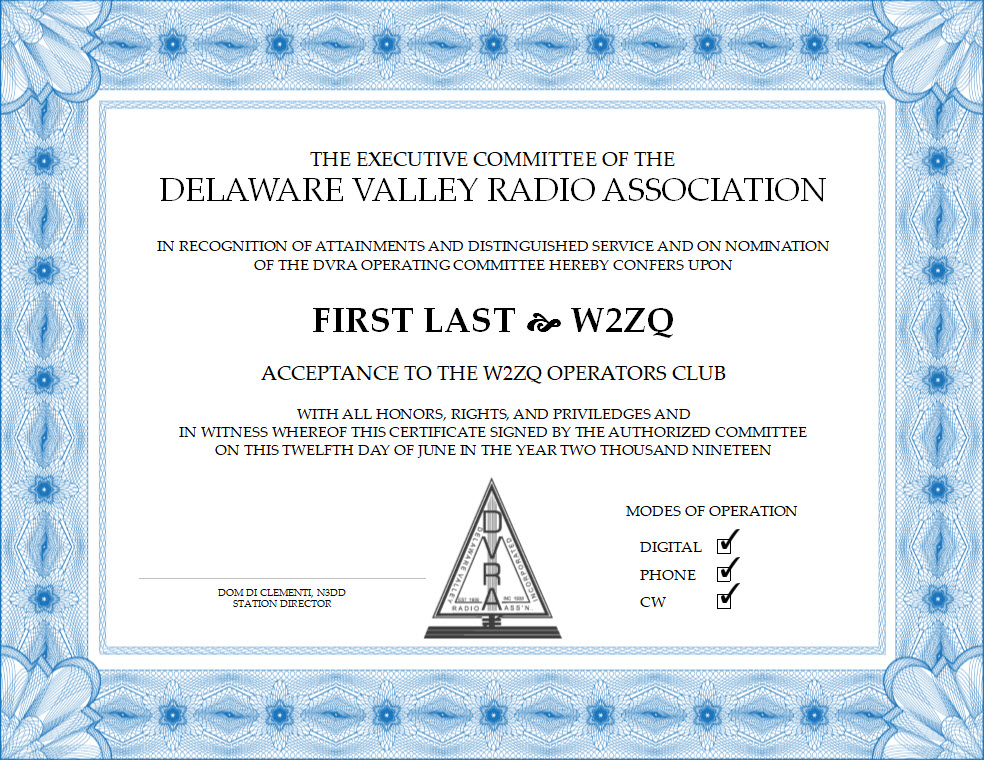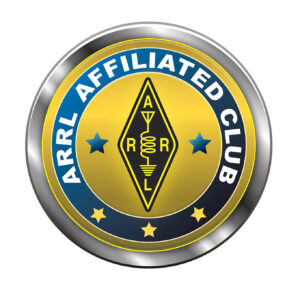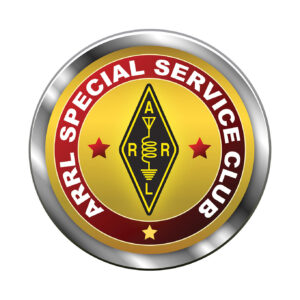This months Repeater Talk article will focus on what components are typically found downstream of the repeater.
Let’s quickly revisit our prior discussion from July’s Repeater Talk on single flow.

When we press the push to talk (PTT) button on our microphone our voice is processed from a series of pressure waves into a RF signal that is sent on its way to the antenna. On the other end another antenna gathers our signal and sends it into the receiver for transformation from an electrical signal into a series of pressure waves that leave the speaker and enter our ears.
So given that flow when we “peel the onion back” what other components come into play?
Downstream of the transmitter relay module we will typically find the following a duplexer, feedline and an antenna.
Other items such as band pass filters, circulators, spark-arrestors to name a few may also be found. More on those in future articles.
Duplexers come in many different shapes and sizes as well from many manufactures. Their function is to allow the repeater to work in an RF environment that sees many signals both strong and weak coming into the machine. If we think about the repeater itself we would see that the input and the output frequency typically differ by 500 khz on 2 meters and on other bands the offset changes – still it is close enough to the input to “swamp” or overload the input causing what is known as “desense”.
Let’s push pause and define “Desense” – or more completely “Desensitization”. This occurs when a strong signal is present on the input side and is seen by the receiver in such a way that it overloads its input circuitry. This causes the desired signal to be lost or mixed with the strong cousin producing garbled signals making it to the speaker.
This phenomena of desense is part of what the duplexer helps to prevent. A duplexer is a series of very narrow, frequency tuned filters. They are designed to increase the signal strength of the emissions coming in and heading out of our repeater. The tuning is done in a radio shop with test equipment that can generate specific signals across a swept range and plot the resulting output against the input. It’s interesting to note that the tuning of duplexers is so critical that changing the orientation of the connecting cables or sharp shocks to the cavities ( cans ) can detune the filter!
Now lets talk feedline – we all know of coax and typically buy the best we can afford – right? When it comes to repeater installations we want the best qualities in line loss, shielding to make sure that our signal both transmitted and received is as close to what inbound signal hits our antenna, or what leaves our transmitter. As to shielding we want the signal to be a pure and unmixed with other interference as possible. This is important as many repeater installations are located around other systems in a myriad of bands/frequencies. This is where a type of feedline called Hardline is most often seen.
Hardline is similar to coax in that it has two conductors, one to carry the signal and the other to provide shielding. That however is about where the similarities stop – Hardline is usually thicker in diameter to allow for larger size center conductors and typically has a corrugated solid outer shield made of copper rather than braid. The outer cover is designed for abrasion resistance and UV protection. Hardline comes in various configurations from inch or two to 10 or more in diameter. As well the inner insulation can be foam or a dielectric disk used to maintain a consistent spacing between the inner conductor and outer wall.
Another aspect of using Hardline is that this type of feedline will most often be seen with N-connectors and may even have provisions for positive gas pressure to maintain a dry inner atmosphere.
Often considered the “Business End” of the system, the Antenna is important in so many ways. Pattern, tuning, quality are some important aspects. The pattern could be Omni or Directional and can be used to steer in directions allowing two repeaters to better coexist. Tuning of the antenna works hand in glove with the idea of the duplexer, why have your antenna so broad banded or tuned to receive unwanted signals? After the technical aspects, I would offer that quality is right up there with the Axiom – Pay Once, Cry Once. When you are dealing with installations that are remote, severe conditions and critical to communications why go cheap? If the repeater antenna fails in the winter on a mountain top tower that requires a certified climber – where is the economy in that?
We will continue to explore the benefits of digital HAM radio in coming issues of Repeater Talk – taking on more and more of the technical side and breaking it down for easy understanding.
Stay tuned to this feature column RepeaterTalk for the latest on our DVRA/W2ZQ System Fusion repeater upgrade.
Discover more from Delaware Valley Radio Association
Subscribe to get the latest posts sent to your email.

